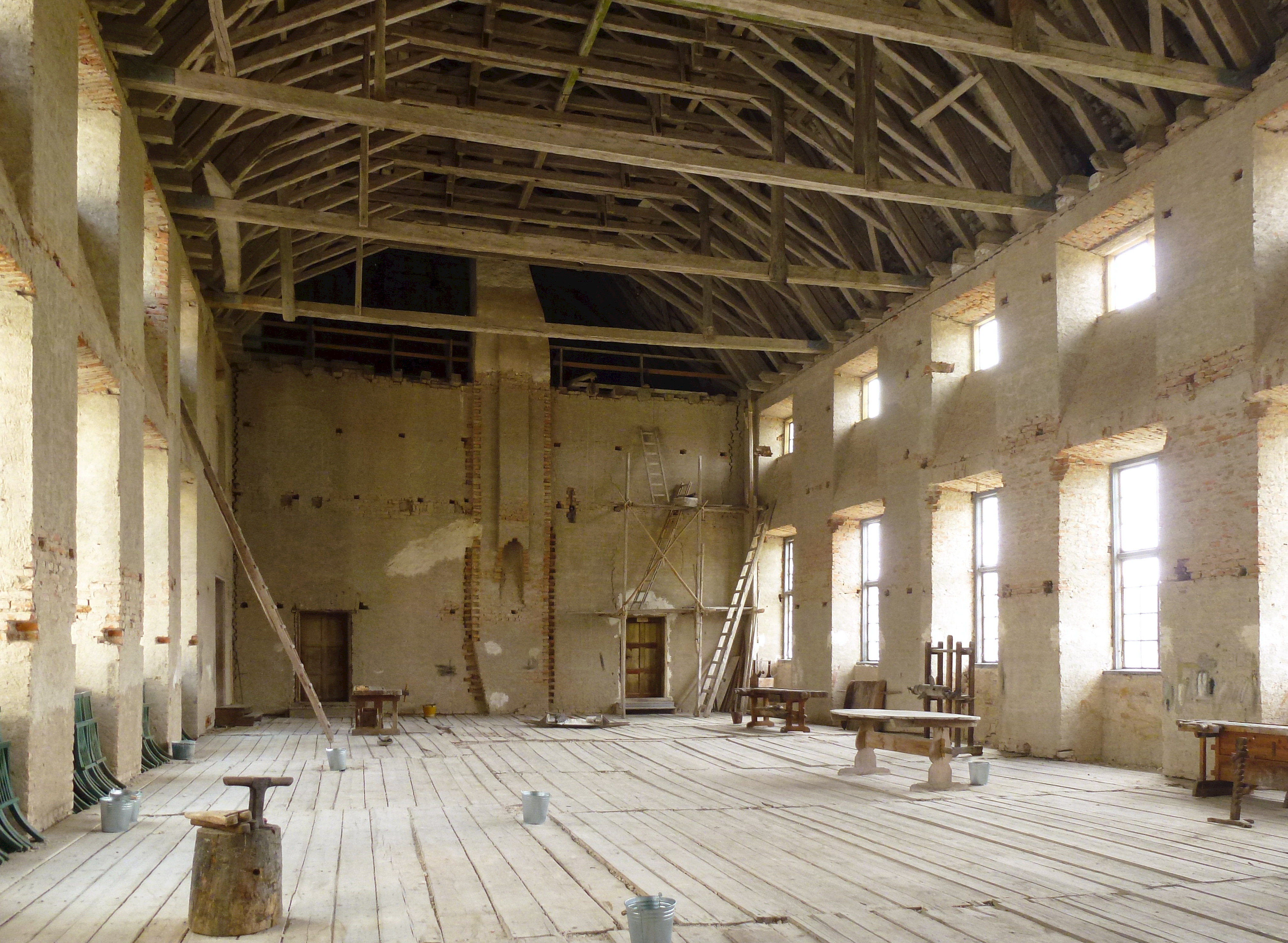
But it’s neither the exterior nor some (admittedly stylish) interiors that makes the palace interesting to me:

You see the palace was commissioned by Count, Field Marshal, and Lord High Constable Carl Gustaf Wrangel. Wrangel was in fairly poor health during the construction works, and he died on Rügen in Germany before it had been fully completed.
At the time work was underway on what was intended to become the Great Hall of the palace, where banquets and balls could be held. The workers received word from Germany that Wrangel had died, and being unsure over whether they would continue to get paid simply put down their tools and walked away. Incredibly the work was never resumed, ever.
As such we still have a snapshot of a palatial construction site essentially frozen in time since 1676:




We have a lot of examples of finished palaces and castles from the era of course, in various states of preservation. But I don’t know of any other examples where you have a snapshot of the work in progress preserved like this, not a museum recreation but the real deal with the actual tools used and so on. Makes it quite special in a way I think.